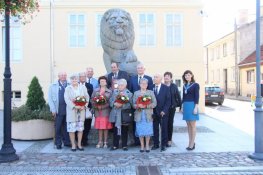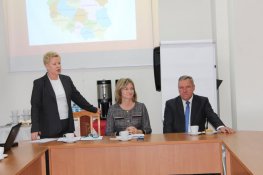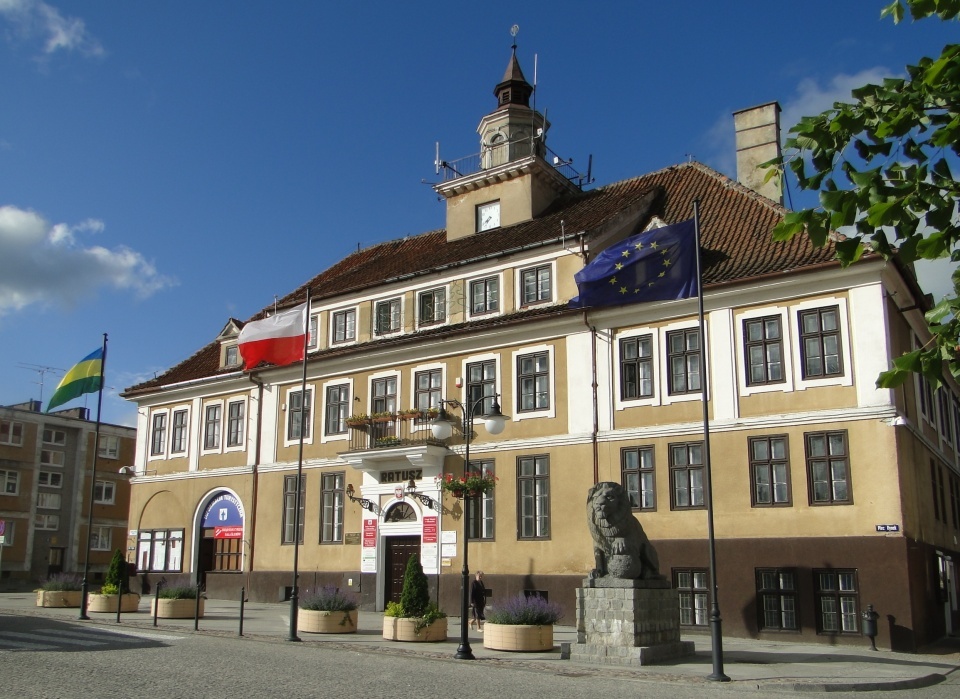
OLSZTYNEK - One visit is not enough !
Ladies and gentlemen!
We invite you to visit Gmina Olsztynek, which is attractively located in the Masurian Lake District in the north-western part of the area called the Green Lungs of Poland. The variety of landscapes, branching river system and numerous lakes, beautiful forests (including the areas which are protected by the program “Natura 2000”) and most of all peace and quiet guarantee wonderful recreation. There are many enchanting places within Gmina Olsztynek and bike, walking and canoe trails waiting for active tourism amateurs.
The wealth of Gmina Olsztynek is the cultural heritage of Warmia and Mazury. It is a land full of flavours where you can taste the local cuisine based on health food. Restaurants “Z zielonym piecem” (known from the TV program “Wściekłe gary”), “Karczma Skansen” and “Zajazd Jagiełek” in Olsztynek, the bakery and cake shop “Magdalenka”, vinegar and mustard factory “Octim” in Olsztynek, Fish Farming Szwaderki in Swaderki and the Training and Holiday Camp ZHP “Perkoz” in Waszeta were awarded the certificate “The Culinary Heritage Warmia Mazury Powiśle”. The famous “jagodzianki”(buns filled with bilberries) from Olsztynek and the traditional bakery are also worth tasting.
A unique attraction of Gmina Olsztynek is a beautifully situated church in Orzechowo. Czarci Jar, where the difference in elevation reaches up to 70 metres, is located at the Drwęca river source. In Nadrowo you can enjoy the reserve “Bagno Nadrowskie” from a viewing platform.
Places worth recommending are : the conference and holiday camps - in Mierki (“Kormoran”, “Kołatek”), in Maróz (WDW “Waplewo”, “Syrenka”), in Marózek (“Wiatraki”, “Wioska Filmowa”), in Waszeta (“Fundacja Mierki”, „Waszeta”), in Świerkocin and the agritourism farms in Drwęck, Kurki, Mierki, Swaderki, Nowa Wieś Ostródzka, Marózek, Jemiołowo and Tolejny.
Cultural organizations invite you to see numerous events and band performances. We recommend “Dni Olsztynka” in July, the Easter Fair and the Christmas Fair.
Inclusion in Special Economic Zone, developing the land near the new junction of expressway S7 and national road 51, and revitalization of the old town are a chance to develop Gmina Olsztynek.
OLSZTYNEK is located on the junction of routes from Gdańsk, Olsztyn-Kaliningrad and Warsaw. It was founded on Old Prussians’ land, which was conquered by the Teutonic Knights. Olsztynek was granted city rights in 1359. The city survived the Battle of Grunwald (Tannenberg), Tatar and Swedish devastation, Napoleonic Wars, epidemics and fires.
During the World War I, the famous battle called by the Germans „the second Battle of Tannenberg” took place near Olsztynek. The Germans celebrated their victory by building an enormous monument – later called ‘Mauzoleum Hindenburga’ (the Tannenberg Memorial).
In the years 1939-1945, in the neighbourhood of the mausoleum, there was a prisoner-of-war camp - Stalag IB Hohenstein. The prisoners were of Polish, French, Russian, Italian and Belgian descent. Altogether, around 55 thousand prisoners died or were tortured to death. They were buried on the cemetery in Sudwa.
To this day, Olsztynek has preserved the medieval city arrangement with the remains of defensive stone wall, which are one of the best maintained in the whole voivodeship. There are some Gothic buildings in Olsztynek: old church (at present Exhibition Room) and Teutonic castle (at present the building of group of schools). The castle has undergone major renovation and the renovated cellars have turned out to be extremely beautiful. „Dom Mrongowiusza” (Mrongowiusz’s House), currently used for museum purposes, is located near the castle. Several dozen tenements and a neo-Gothic church were maintained in the area of old town and in the suburbs of Olsztynek. The tenements are mostly from the 2nd half of 19th century or the beginning of the 20th century. The outline of medieval town hall foundations was reproduced on the renovated market square. Four city seals were found in the ruins of the town hall. The sculpture of lion, sculpted by Michelangelo Pietrobelli, standing in front of the town hall is also very popular.
A worthwhile attraction in Olsztynek is undoubtedly the Folk Architecture Museum – the Ethnographic Park (skansen). Several dozen items of traditional, regional architecture and technology were collected here. An additional attraction for sightseers are the reconstruction of the medieval Prussian village Amlang and the farming of animals and herbs.

Since the 14th century, Olsztynek has been associated with the figure of St. Peter. St. Peter was chosen to be the patron saint of Olsztynek and the choice was approved by the Holy See in 2011. Over the centuries, many famous people were connected with Olsztynek: Krzysztof Celestyn Mrongowiusz – an outstanding philologist and an expert in the field of Polish culture; Herman Pełka – an expert in the field of Masurian folklore; Max Toeppen – a historian and Mazury expert; Emil Behring – a doctor, a Nobel laureate; Albert Lieven – an actor („The Guns of Navarone”); Erwin Kruk – a poet and a writer; Andrzej Waluk – the pioneer in the Polish 3D technology („Battle of Warsaw 1920”, „The Flying Machine”).
Olsztynek was visited by: Karol Wojtyła (later Pope John Paul II) the Polish presidents: Lech Wałęsa and Aleksander Kwaśniewski; Paulo Coelho – a writer and journalist; Jerzy Waldorff – a music critic. Films „The Ogre” (directed by Volker Schloendorff, starring John Malkovich), the cult black comedy „Kołysanka” (directed by Juliusz Machulski) and one episode of the TV series „Dom nad rozlewiskiem” were made in Olsztynek.
PARTNERSHIP for many years, Gmina Olsztynek has fruitfully cooperated with non-governmental organizations. In the area of Gmina Olsztynek there are over 40 non-governmental organizations, all of which significantly support the activity of local government.
Gmina Olsztynek cooperates internationally as well. Up to this day, partnership agreements have been signed with Deols, Le Poinçonnet, Luant (France), Samtgemeinde Walkenried – Walkenried, Wieda, Zorge (Germany), Pollesk (Russia - Kaliningrad Oblast), Strängnäs (Sweden), Maišiagala (Lithuania), Banská Štiavnica (Slovakia), Felsőzsolca (Hungary). Gmina Olsztynek cooperates also with Łapsze Niżne (Małopolskie Voivodeship). The cooperation includes wide scope of activities, beginning with the exchange of experience in the field of creating self-government, through the cooperation in the field of education, culture, tourism and ending with joint participation in the EU-funded projects.
We invite you to visit Olsztynek, where you can spend your free time pleasurably and inexpensively.
(Translator Marta Hodyra)
 |
 |
|
 |
 |
 Justyna Balicka
Justyna BalickaLiczba zdjęć: 14
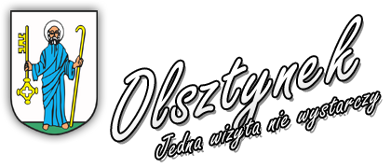

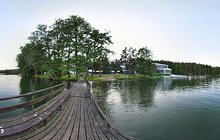














 Promocja Gminy
Promocja Gminy
